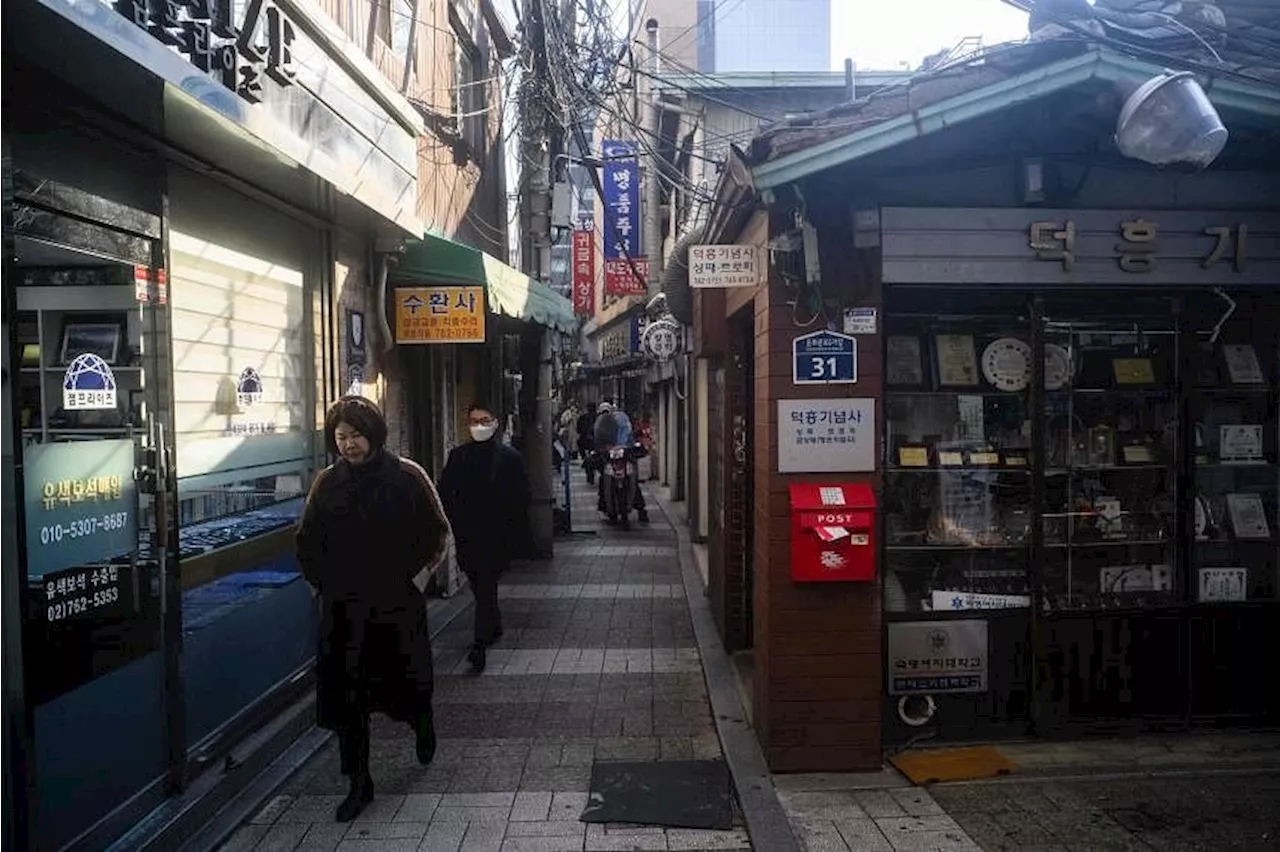South Korea rolls out new set of measures to tackle low birth rate.
The proportion of economically inactive individuals has fallen from 1.48 million in 2013, to 1.26 million in 2017, to 1 million in 2022.
The figure marks an all-time high since related data was first compiled in June 1999. The population of stay-at-home dads has also seen a steady increase, advancing from 6,000 in 2013, to 9,000 in 2019 and reaching 13,000 in 2021. On the other hand, the number of females who were economically inactive due to child care needs stood at around 840,000 in 2023, marking a 14.7 per cent drop from 984,000 the previous year. The figures have been on a steady decline, as more women continue to work after giving birth, falling from 1.47 million in 2013 to 1.26 million in 2017.
It is projected that fewer women will be economically inactive for parenting purposes. The female labour force participation rate has increased from 49.8 per cent in 2011, 50.3 per cent in 2013, and 53.5 per cent in 2019, reaching 55.6 per cent in 2023, the highest-ever rate. The ministry said it will strengthen “child care services” for double-income families. The service entails professional caretakers looking after children who are 36 months or younger at their homes.Seoul hopes egg freezing can help S. Korea baby crisis; experts disagree
Strengthening the support for multicultural families is also on the agenda. The government will provide subsidies between 400,000 won and 600,000 won for a total of 60,000 elementary, middle, and high school students who are from low-income multicultural households.
